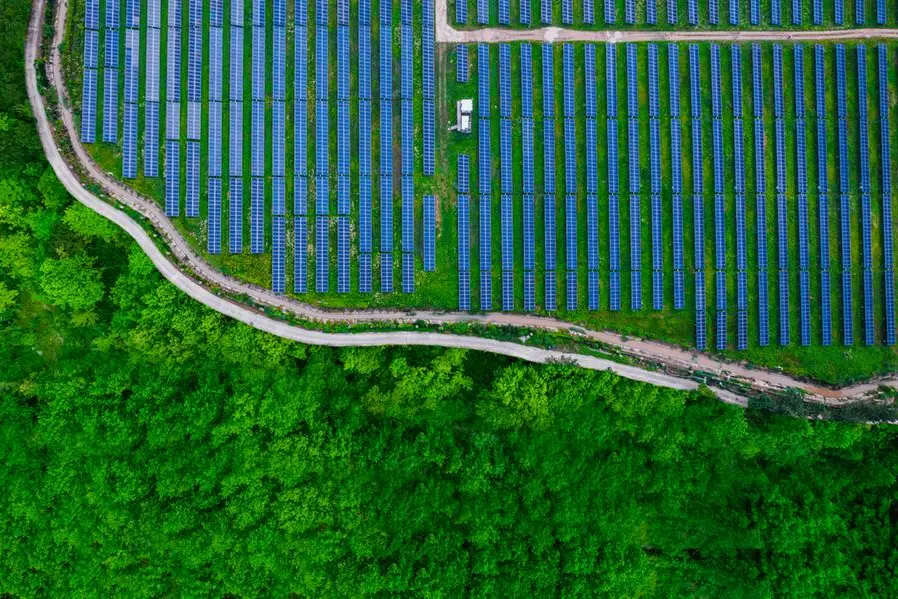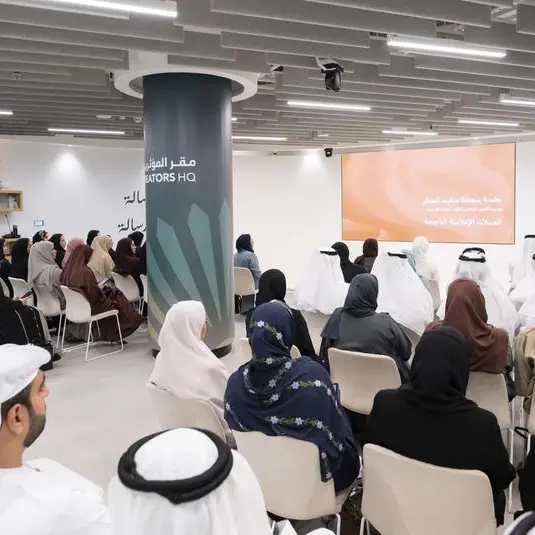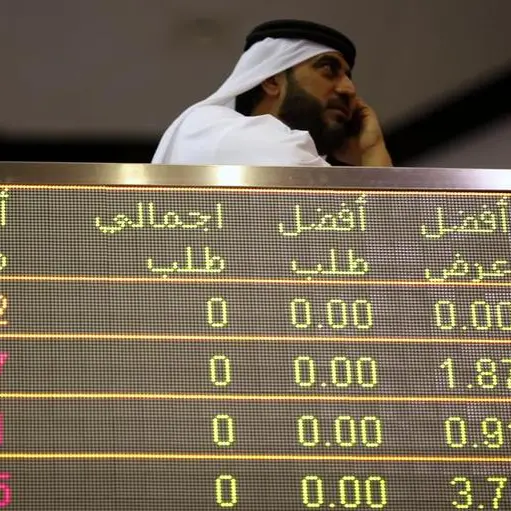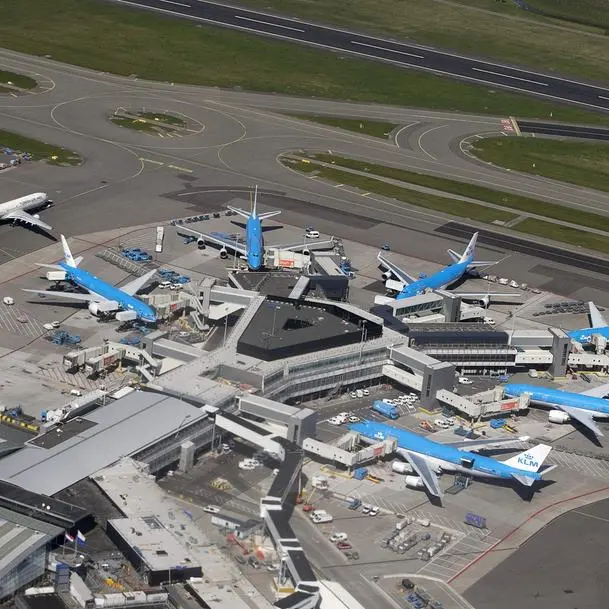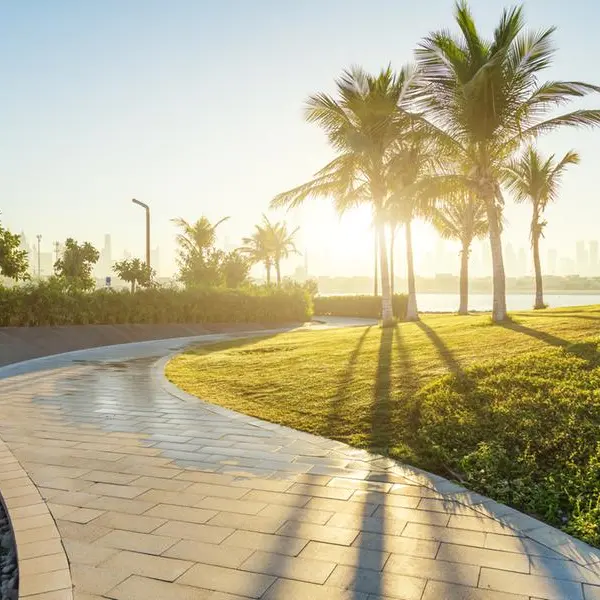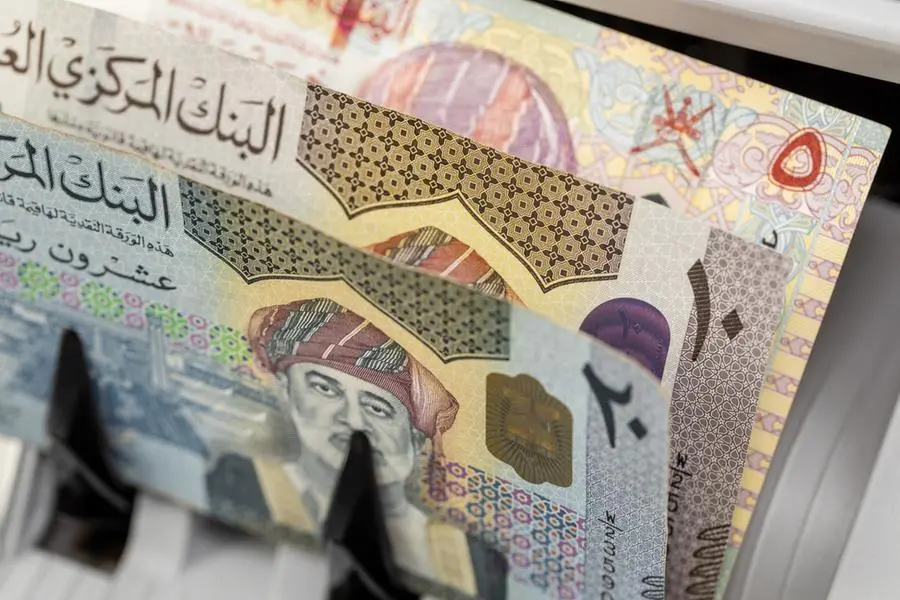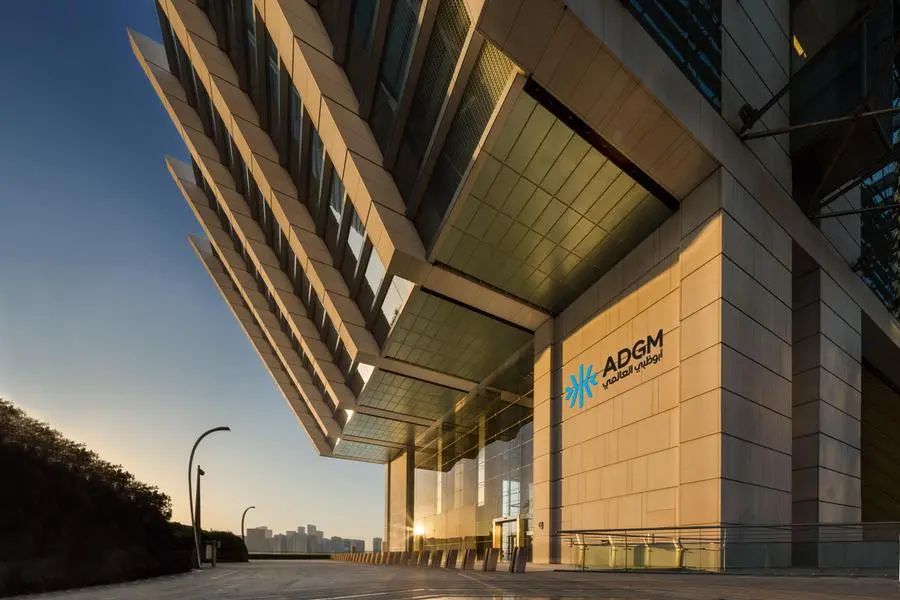PHOTO
Image used for illustrative purpose. Getty Images
Muscat: The Oman Blue Carbon initiative, which seeks to plant 100 million mangrove trees in the Sultanate of Oman, will help reduce carbon dioxide emissions by 14 million tonnes.
It also has the potential to significantly enhance the natural environment and provide economic benefits estimated at around $150 million.
As part of the National Zero Carbon Strategy 2050, the Environment Authority (EA) recently hosted an event and press conference for the signing of the Oman Blue Carbon Agreement with MSA Green Projects Company.
This project targets the planting of 100 million mangrove trees in the Al Wusta Governorate, specifically in the areas of Shanna, Al Najda, Film, and Dharf Hitam.
The event held in the presence of Dr. Saud bin Hamoud al Habsi, Minister of Agriculture, Fisheries, and Water Resources, was attended by Dr. Abdullah bin Ali Al Amari, the President of the Environment Authority, as well as the CEO of MSA.
The government of Oman has had a long-standing interest in mangrove trees that thrive along the coast and in high-salinity waters due to their unique biological characteristics and diverse environmental advantages. These include their remarkable ability to absorb substantial amounts of carbon dioxide, surpassing even tropical forests in this regard, thereby contributing to the mitigation of global warming. The Qurm Natural Reserve in Muscat holds the distinction of being declared a protected natural area through Royal Decree (35/1975).
EA has been diligently working to ensure the sustainability of mangrove trees and their natural marine habitats and has planted close to 797,760 seedlings at 32 locations throughout Oman, utilizing modern techniques for sowing one million seeds and manually planting an additional 1,500,000 seeds.
They have also undertaken the task of cleaning water channels and conducting awareness and environmental education campaigns to underscore the significance of these plantations.
Oman is home to a single species of mangrove tree, known as Avicennia Marina, which adapts to the Omani environment characterized by hot weather and limited freshwater resources. These trees can be found along the coastline from the North al Batinah region to the southern Dhofar region.
The collective area covered by mangrove trees in Oman is around 1,000 hectares. Archaeological findings in the Qurm Natural Reserve in Muscat have unveiled the presence of mangrove trees, used by fishermen for over four millennia.
These trees are also distributed in locations such as Bandar Al Khairan and Quriyat in Muscat, Khor Al Qurm Al Kabir and Khor Al Qurm Al Saghir in Dhofar, as well as in Shinas and Liwa in Al Batinah, Khor Sur and Grama in the Al Sharqiya Governorate, and Mahout in Al Wusta.
Crustaceans, fish, mollusks, and birds are among the notable species that inhabit the mangrove reserves.
Mangroves are a valuable natural resource, not only for their integral role in the global environmental ecosystem but also for their essential role in oxygen production and natural climate regulation within their environments.
Their extensive root systems function as protective barriers against coastal erosion and wave impact, thereby preventing soil erosion.
Furthermore, these root systems serve as foundational components of the ecosystems they support, providing shelter for a variety of microorganisms and marine life. In addition, mangroves help maintain ecological balance by serving as critical nurseries for economically important fish species. Moreover, their picturesque landscapes offer opportunities for tourism.
2022 © All right reserved for Oman Establishment for Press, Publication and Advertising (OEPPA) Provided by SyndiGate Media Inc. (Syndigate.info).
